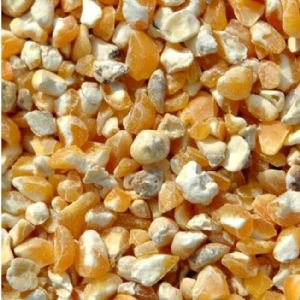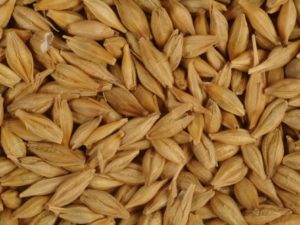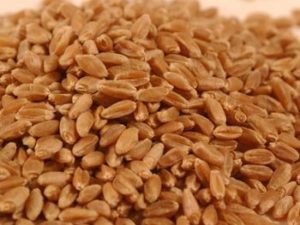Maize – Whole & Kibbled
What is Maize?
Maize, is an annual grass and is one of the top three cereal crops grown in the world, along with rice and wheat. In addition to its use as a human food, the seed head and whole plant are used as forage and silage, an important source of feed for livestock.
Maize grain, which has a high starch content and low fibre content is very palatable and suitable to all livestock. Because of these factors, maize grain is used as a valuable energy source in livestock diets.
Even though maize can be fed whole with satisfactory results, cracking or rolling prior to feeding will improve digestibility and feed conversion efficiency.
Features and Benefits:
- Maize grain has a high starch content and low fibre content and is very palatable and suitable to all livestock.
- In dairy cows, the high starch content promotes rumen bacteria growth, thus enhancing forage digestibility, rumen cycling and subsequent feed intakes, all supporting higher milk yields.
- Maize starch is less risky than many other starch types because it is digested more slowly and to a lesser extent in the rumen.
- It’s low nitrogen content means it can be used to reduce urinary nitrogen levels, decreasing nitrogen leaching.
- As maize is locally grown, it means price and supply are not subject to the exchange rate or overseas demands.
Feeding Recommendations:
Because maize is low in calcium, diets containing high levels of maize should include a supplementary calcium source, such as limestone.
When maize grain, which is relatively low in protein, forms a large proportion of the diet, then a protein source should be added to fulfil dairy cattle requirements.
Can also be fed either mixed with silage or through an in-shed feeding system mixed with other products.
Consult your nutritionist or farm consultant to work out the optimal level for your particular situation.
Storage:
Like all feedstuffs, Maize should be stored dry, in bulk bins or placed on cement slabs (away from vermin and covered and protected from the weather accordingly).
Typical nutritional analysis:
| Dry Matter | 86 % |
| Crude Protein | 6.0 % |
| Crude Fat | 4.3 % |
| Starch | 58.0 % |
| Metabolisable Energy | 12 mj/kg DM |




